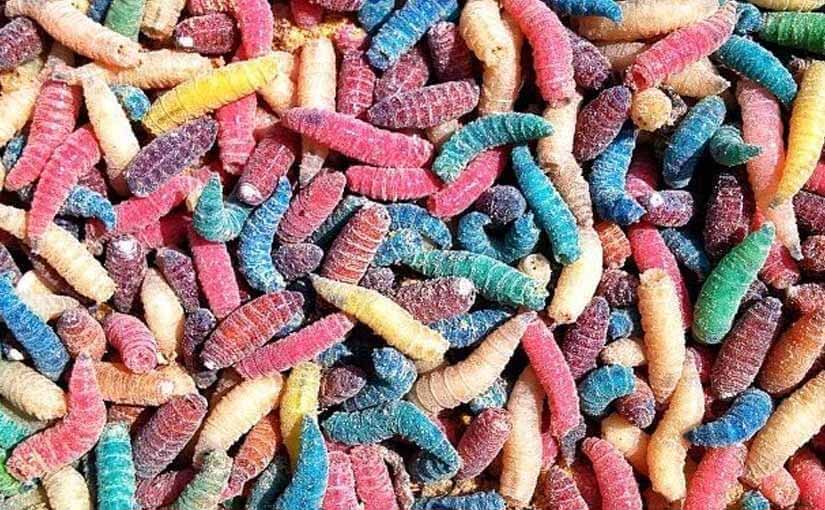Movie-goers may recall the scene in the box-office hit Gladiator when Russell Crowe, aka Marcus Aurelius, is being wheeled upside and half-conscious on a chariot through the dusty roads of Spain by slave traders, who would soon sell him to a posse of Colosseum gladiators.
Waking up from his concussed state, Aurelius discovers his wounded shoulder is infested with maggots, and starts to remove them when a Numidian slave, Juba, suggests he leave the maggots where they are! ‘They will clean it. Wait and see.’
It turns out Juba was on the money so far as the redemptive power of maggots is concerned. And that ancient wisdom has been vindicated by the latest medical research by New South Wales Medical Entomologist, Merilyn Geary.
More than 1,400 Australians have benefited from maggots’ fondness for consuming dead flesh, a practice that cannot only clean up wounds but save limbs.
Despite getting a bit of a negative wrap over the last few centuries, it turns out the maggot is a discerning creature, eating dead flesh while leaving healthy tissue alone.
Production of maggots for medical purposes may sound ghoulish but is done under sterile conditions by microbiologists in a pathology lab, where a specific growth medium is used to cultivate them.
On the surface maggot therapy is great news, but there is evidently some way to go in changing perceptions. Many doctors are wary about inviting these squiggly larvae into their consulting rooms, but the benefits of using maggot therapy for suitable patients is clear to Ms Geary.
‘If a clinician decides a patient is suitable for the therapy – such as a diabetic, or patients with necrotising soft wounds or traumatic injuries – dramatic improvement can occur in just three days.
‘Add to that the therapy can be performed at home, and obviously there’s a broader health benefit in terms of freeing up beds in hospitals.’
Despite what imagery it may conjure up, ‘maggot therapy’ is far from medieval. Ms Geary says that according to unpublished data the therapy has an 85 per cent success rate and delivers substantial cost savings.
With around 70 amputations occurring each week in Australia at a cost of $25,000 per procedure, that’s fairly substantial. A course of maggot therapy on the other hand costs $150, roughly $1.50 per maggot.
How does it work you ask? Ms Geary again explains:
‘The maggots basically go under a bandage and do their work in clearing away dead tissue, and stimulate the healing process which is great for ulcers and chronic wounds, diabetes and conditions bought about by poor circulation.’
With diabetes in Australia already at epidemic proportions and set to rise from the current figure of 1.2 million to 3.5 million by 2030, cheap and effective treatment for diabetic symptoms will be at a premium.
In addition to cleaning up wounds, scientists believe that these discerning larvae can also kill some species of bacteria that are antibiotic resistant, which would suggest this isn’t the last we hear of maggot therapy.

